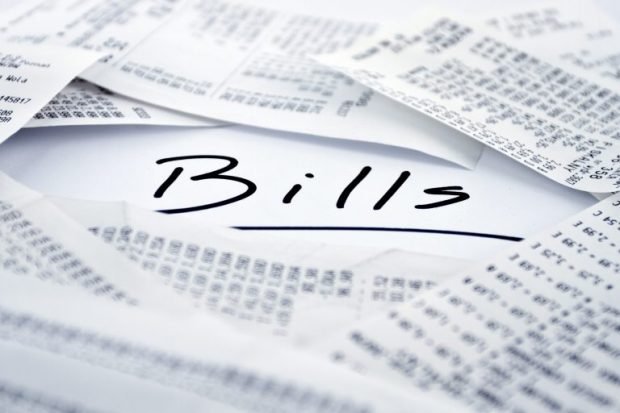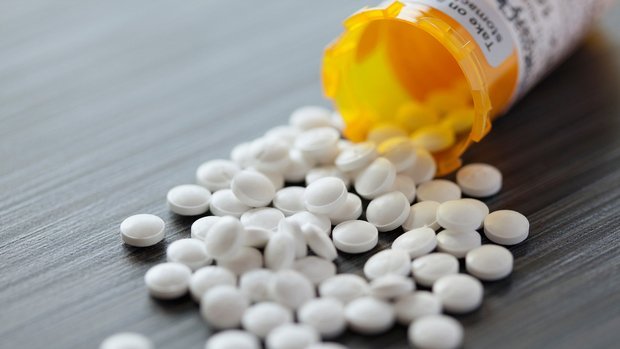How To Clean Hardwood Floors With Hydrogen Peroxide
The finish on hardwood flooring is neither fragile nor indestructible. Hardwood floors must be cleaned properly using the correct solvent level to protect their beauty and fine finish. Some of us (ahem) have had to learn this truth the hard way.
Even though you can’t damage hardwood floors by walking on them, all wood is susceptible to stains. And you can dull a beautiful hardwood floor by cleaning it with the wrong solvent. Used properly, hydrogen peroxide is not one of the damaging solvents. It is, in fact, a very effective stain remover and a reliable cleaner for hardwood flooring.
There are three ways to achieve a safe hydrogen peroxide solution for cleaning wood floors:
No. 1: Use 12% hydrogen peroxide straight up out of the bottle.
No. 2: Mix 1 cup of 35% hydrogen peroxide (should you be able to find it), which is the “cleaning grade” strength, with 3 cups water.
No. 3: Mix 2 tablespoons of sodium percarbonate powder with 1 gallon hot water to achieve 12% hydrogen peroxide. When mixed with water, sodium percarbonate releases hydrogen peroxide.
The hydrogen peroxide you find in your supermarket or drug store is 3% hydrogen peroxide. While that’s great for most household tasks using hydrogen peroxide, it is not strong enough to thoroughly deep clean wood floors.
HARDWOOD FLOOR CLEANING PROCEDURE
Generally, you can clean hardwood flooring with a hydrogen peroxide solution and a mop or towel. Be sure to wring out the mop or towel so that it is lightly damp; too much water is bad for hardwood (bad for laminate wood-like flooring, too). It’s best to use a nonabrasive cloth or a microfiber mop, not a natural fiber mop because it spreads too much water.
First, vacuum or sweep the floor well to remove all dust, hair, crumbs and other debris.
Next, clean the floor in sections with your hydrogen peroxide solution of choice (one of the options above). No need to rinse. Immediately dry with a separate rag before moving on to the next section.
For minor spot cleaning, pour 3% peroxide — the grade available at drug stores — into a spray bottle, and then spray, wipe and dry.
REMOVING FRESH PET STAINS
Pet urine can create unsightly dark areas on your floor that are accompanied by acrid odors. Cleaning to remove the stain and the odor as soon as it happens is optimum. You can usually remove both with a combination of hydrogen peroxide and baking soda.
Spray paper towels with 3% peroxide and lay the towels on the stains, ensuring the paper towel is very well-saturated. Leave this for several hours, respraying occasionally with 3% hydrogen peroxide to keep the towels wet. When you remove the towels, sprinkle a liberal amount of baking soda on the stain and leave it there until it dries. Then, vacuum away all of the baking soda.
DEALING WITH PROBLEM STAINS
One of the problems with pet stains is that even after treatment with hydrogen peroxide, the finish has been permanently damaged, and depending on the severity, maybe even the wood. If the finish has been damaged, your only option is to sand it off and then refinish the area.
You can treat permanently damaged/darkened wood by bleaching it with oxalic acid. Jut know that this may lighten the wood to a shade or tone that no longer matches the rest of the floor. In this case, you might be much better off calling in the pros.
RESOURCES
If you are unable to find the products mentioned above in your local area, visit EverydayCheapskate.com/peroxide, where I have posted online resources for 12% and 35% hydrogen peroxide, sodium percarbonate and oxalic acid.




